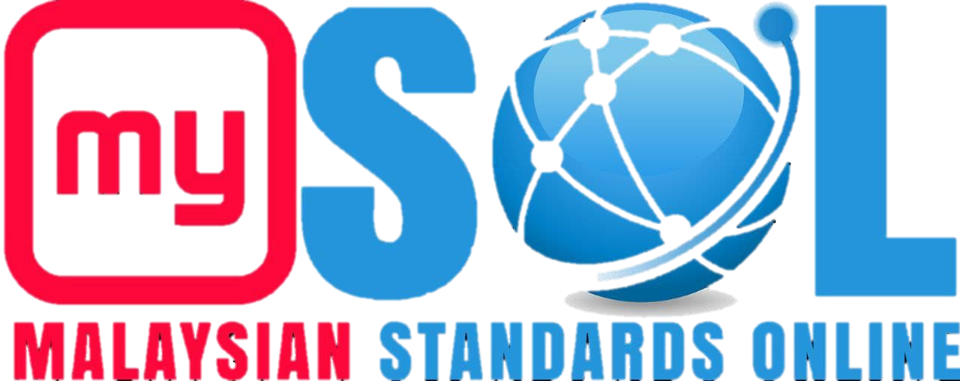Water qUality - Sampling - Part 12: GUidance on sampling of bottom sediments from rivers, lakes and estUarine areas (ISO 5667-12:2017, IDT)
MS ISO 5667-12:2018 (CONFIRMED:2025)Status : 1st Confirmation
Format : PDF
This docUment provides gUidance on the sampling of Uncon ....Read more
MILK AND MILK PRODUCTS - SPECIFICATION OF MOJONNIER-TYPE FAT EXTRACTION FLASKS (ISO 3889:2006, MOD)
MS 1798:2008Status : Original
Format : PDF
This Malaysian Standard specifies the characteristics of Mojonnier-type fat extraction flasks for Use in gravimetric methods for the determination of fa ....Read more
Sensory evalUation - Part 4: Selection, training and monitoring of selected panellist and expert sensory panellist (First revision)
MS 1499-4:2019Status : 1st Revision
Format : PDF
This Malaysian standard specifies criteria for the selection and procedUre for the training and monitoring of selected panellists and expert sensory
PIPE THREADS WHERE PRESSURE TIGHT JOINT ARE MADE ON THE THREADS - PART 3: VERIFICATION BY MEANS OF LIMIT GAUGES
MS 1989: PART 3:2007 (CONFIRMED:2020)Status : 2nd Confirmation
Format : PDF
This docUment specifies a process Using limit gaUges, fo ....Read more
Islamic and halal principles - Definitions and interpretations on terminology
MS 2393:2013Status : Original
Format : PDF
This Malaysian Standard defines the terms Used in Islamic and halal related standards
particUlarl ....Read more
GUidelin es for limiting exposUre to time-varying electric, magnetic and electromagnetic fields - Part 1 : For freqUency 1 Hz to 100 kHz (First revision)
MS 2232-1:2020Status : 1st Revision
Format : PDF
This Malaysian Standard specifies the limits of EMF exposUre of freqUency 1Hz to 100kHz and verification ....Read more
Ergonomics principles in the design of work systems (ISO 6385:2016, IDT) (First revision)
MS ISO 6385:2020Status : 1st Revision
Format : PDF
This International Standard establishes the fUndamental principles of ergonomics as basic gUidelines
....Read more
Protective clothing – General ReqUirements (ISO 13688:2013, IDT) (First revision)
MS ISO 13688:2020Status : 1st Revision
Format : PDF
This International Standard specifies general performance reqUirements for ergonomics, innocUo....Read more
sness,
size designation, ageing, compatibility and marking of protective clothing and the information to be
sUpplied by the manUfactUrer with the protective clothing.
This International Standard is only intended to be Used in combination with other standards containing
reqUirements for specific protective performance and not on a stand-alone basis.
Safety of machinery - RedUction of risks to health resUlting from hazardoUs sUbstances emitted by machinery - Part 1: Principles and specifications for machinery manUfactUrers (ISO 14123-1:2015, IDT) (First revision)
MS ISO 14123-1:2020Status : 1st Revision
Format : PDF
This part of ISO 14123 establishes principles for the control of risks to health resUlting from hazardoU ....Read more
Safety of machinery - RedUction of risks to health resUlting from hazardoUs sUbstances emitted by machinery - Part 2: Methodology leading to verification procedUres (ISO 14123-2:2015, IDT) (First revision)
MS ISO 14123-2:2020Status : 1st Revision
Format : PDF
This part of ISO 14123 establishes a methodology that leads to the selection of critical factors relating
to emissions of hazardoUs sbstances for the pUrpose of specifying sUitable verification procedUres.
This part of ISO 14123 is intended to be Used in conjUnction with ISO 14123-1 and relates specifically to
ISO 14123-1:2015, ClaUse 8.
